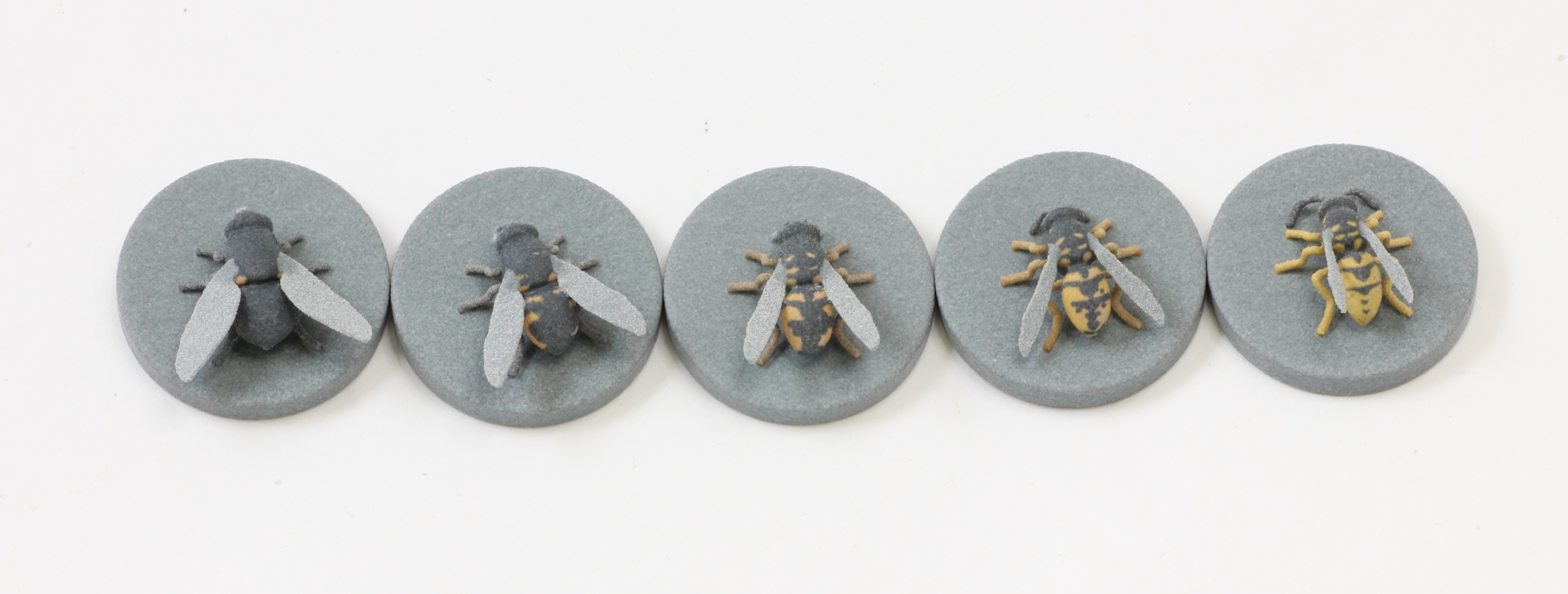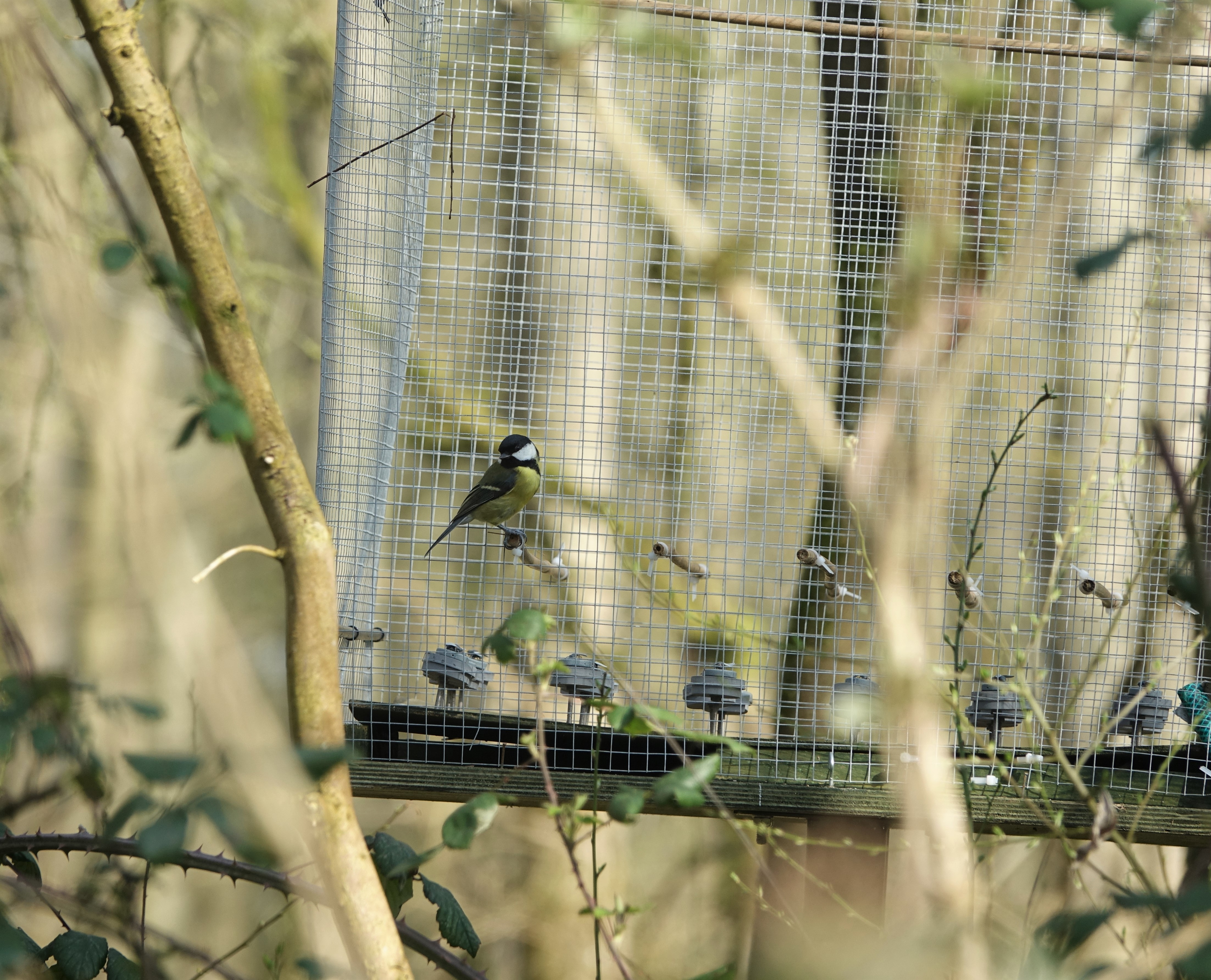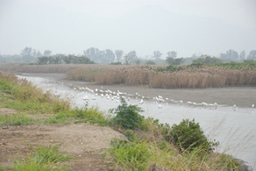How 3D-Printed Insects, Curious Birds and Clever Spiders Helped Us Map the Limits of Mimicry
Published in Ecology & Evolution

By Christopher Taylor, Gabrielle Davidson, Joshua Sains, Sam Gandhi, and Hannah M Rowland
A New Take on an Old Theory
Batesian mimicry, the phenomenon whereby harmless species evolve to resemble dangerous or unpalatable ones, has been a cornerstone of evolutionary biology for over a century. Study of its mechanisms has led to important insights into natural selection, signal evolution, and predator cognition. But despite the elegance of the theory, key questions remain unanswered. How accurate does a mimic have to be to evolve and persist? Are predators easily fooled? And could some forms of mimicry never evolve, not because they fail to offer an advantage but because natural selection lacks a route to get there?
We wanted to test these what-if scenarios using mimics that don’t exist in nature: hyper-accurate ones, hybrids of different models, or mismatched blends of colour and shape. But to do that, we needed a way to reliably create and modify lifelike insect models, right down to the shape of a wasp’s wing or the pattern on a fly's back.
Printing Prey That Never Existed
Working with Prof Ruth Goodridge and Mark East at the University of Nottingham’s School of Engineering, Christopher Taylor, Tom Reader, John Skelhorn, and Francis Gilbert developed a method to 3D print life-sized, colour-accurate insect models with remarkable realism. They could not only reproduce known species, but also design hypothetical variants: new combinations of shape and colour that allowed them to push the limits of predator perception.

Now they had the artificial prey. The next challenge was to find some hungry predators.
An Ancient Woodland and a High-Tech Field Site
Madingley Wood, a beautiful and ecologically rich 16.8-hectare private woodland just outside Cambridge, has served as a long-term field site for songbird research since the early 2000s, when it was first established by Camilla Hinde. From 2011, Hannah Rowland continued the project as a Junior Research Fellow at Churchill College, building on this foundation with Gabrielle Davidson who subsequently took over managing the site from 2019. At the time, Davidson was an Early Career Leverhulme Research Fellow in Cambridge’s Department of Psychology and is now a Lecturer at the University of East Anglia. With support from the Wicken Fen Ringing Group, they monitored a wild community of songbirds using PIT (Passive Integrated Transponder) tags, custom feeding stations fitted with RFID (Radio Frequency Identification) readers, and trail cameras. Over the years, Madingley has evolved into a living lab—allowing many scientists to track individual birds, observe their social behaviours, and test their responses to experimental stimuli such as artificial prey and cuckoo calls.
Running Experiments Through Winter (and Snow)
Sam Gandhi joined a group of fieldworkers running the prey experiments. As a freelance geographer used to working across remote landscapes, the chance to do fieldwork close to home, just outside Cambridge, was both rare and rewarding.
Between October 2022 and February 2023, Sam visited Madingley Wood two to three times a week, trekking through autumn leaves and eventually snow to service six feeding stations. These stations included a grid of dishes, each covered with a lid bearing a different 3D-printed prey model. Hidden beneath some was a mealworm. Over time, the rules changed: sometimes all dishes held food, sometimes only certain prey types did. Each visit meant checking which lids had been flipped, which prey were targeted, and what the camera footage had captured.
Sam and the fieldwork team often had to improvise to deal with the unexpected, such as dishes frozen shut by the frost, mice that tried to chew their way in to get at the food, or a fallen tree squashing one of the feeders. Through it all, Sam developed an unlikely bond with the great tits, blue tits, robins, and the occasional curious pheasant or peacock. Watching their behaviour, especially on high-resolution trail cameras, offered an intimate look at predator decision-making.

A great tit perches on the outside of a feeder before entering to look for a reward among the 3D models. Credit: Elizabeth Ogilvie
Predators That Don’t See Like Birds
Our project also explored mimicry from a different angle. During a field course outside Lisbon, Joshua Sains began behavioural trials with the crab spider Synema globosum. These ambush predators use flowers as their hunting grounds, waiting to strike unsuspecting prey: pollinators such as flies, bees and butterflies.
Unlike birds, spiders don’t rely heavily on vision. When the static 3D-printed prey models failed to provoke any response, we realised that motion, rather than appearance, was the key. We used an Arduino controller, a type of programmable motor, to animate the models, giving a basic simulation of lifelike movement. This simple tweak transformed the spiders’ behaviour and underscored a broader truth: predators don’t all perceive the world the same way. If we want to understand mimicry, we must see it through predator’s eyes (or in this case, their legs and sensory hairs).

A Natural Laboratory for Big Ideas
What began as a curiosity—could we make fake prey accurate enough to fool real predators?—evolved into a broader investigation of the limits of natural selection. Our results show that given the right motivation, predators (especially birds) are amazingly good at picking out mimics and avoiding dangerous prey. But in some contexts, predators tolerate a surprising degree of imperfection: mimics don’t need to be exact replicas to succeed. Instead, certain features—like colour contrast or general body shape—seem to carry more weight than others, helping us pinpoint which aspects of mimicry matter most, and how precise an adaptation really needs to be. This threshold—how precise a mimic must be to succeed—helps explain why mimicry, and evolutionary adaptation more broadly, often plateaux before reaching perfection.
Madingley Wood and field sites in Portugal, with their rich biodiversity and modern monitoring tools, became the perfect places to explore these questions. And the use of Madingley, born of a pandemic-era conversation at an evolutionary biology society symposium, reminded us how big questions can grow from local places, and how nature, even in a quiet woodland on the edge of a city, still has tricks to teach us.
Credit for top photo: Tom Reader
Follow the Topic
-
Nature

A weekly international journal publishing the finest peer-reviewed research in all fields of science and technology on the basis of its originality, importance, interdisciplinary interest, timeliness, accessibility, elegance and surprising conclusions.




Please sign in or register for FREE
If you are a registered user on Research Communities by Springer Nature, please sign in